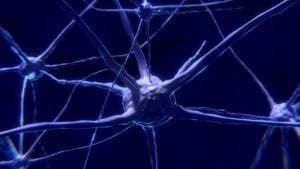Pachygyria
What is pachygyria?
Pachygyria is a condition that occurs when the neurons do not migrate in their normal fashion as the brain and nervous system develop. It is characterized by a low number of ridges between the wrinkles (gyri) in the brain.
What are the symptoms of pachygyria?
The symptoms can vary between affected individuals, but major effects include:
- Poor muscle tone
- Issues with motor function
- Intellectual disability
- Developmental delays
- Seizures
- Failure to thrive
- Small head size
- Swelling in the extremities
- Issues with feeding and swallowing
What causes pachygyria?
Various factors can contribute to pachygyria, and they all impair the cerebral cortex in its development. Environmental factors that cause this include infections during pregnancy and a lack of oxygen reaching the brain during fetal development.
Another condition can also cause pachygyria; 25 have been associated with it. Researchers have also identified a number of genes that can lead to this condition, including the KIF5C and TUBG1 genes.
How is pachygyria diagnosed?
Various tests are used to diagnose this condition. CT scans and MRIs are the most commonly used tests, as they provide doctors with images of the brain.
What are the treatments for pachygyria?
There is no cure for this condition; treatment is symptomatic.
Where can I find out more about pachygyria?
Pachygyria Articles





